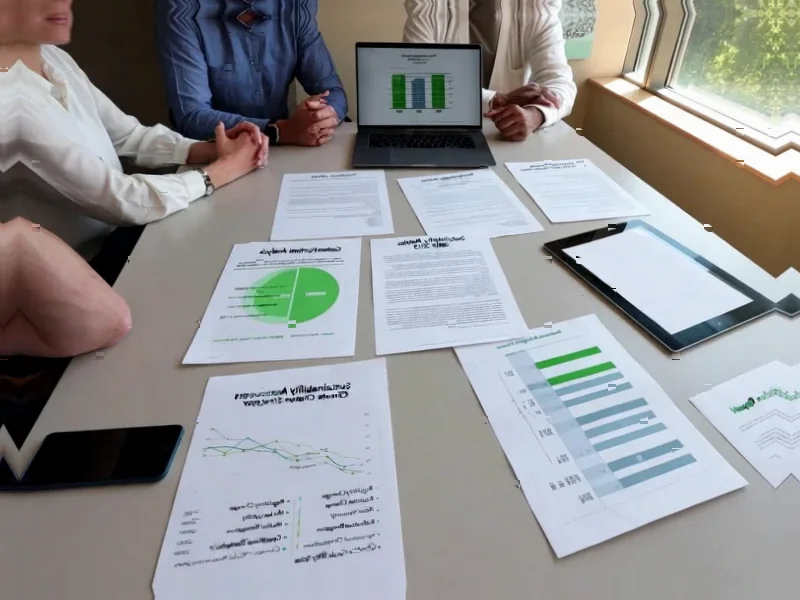According to MIT Technology Review, a new wave of for-profit startups is racing to commercialize solar geoengineering technologies, with companies like Stardust claiming they could deploy systems by the start of the next decade. Make Sunsets is already selling “cooling credits” for releasing sulfur dioxide into the stratosphere, while another company called Sunscreen plans to use aerosols in the lower atmosphere for localized cooling. Scientists who’ve studied solar geoengineering for decades are deeply concerned about these private efforts and dispute many of the technical claims these companies are making. They argue these powerful climate-altering tools should be developed through publicly coordinated, transparently funded science rather than private ventures. Any decisions about deployment should come from multilateral government discussions informed by research, not corporate profit motives.
The Public Trust Problem
Here’s the thing about messing with the planet’s climate systems – you only get one shot at public trust. Once it’s gone, it’s gone. These scientists have spent decades building cautious, methodical research around what they now call sunlight reflection methods (SRM). Basically, the idea is making Earth slightly more reflective to counteract greenhouse warming. The research shows it could actually work to reduce climate risks, especially in hot countries struggling to adapt.
But now you’ve got companies like Make Sunsets selling cooling credits like they’re carbon offsets. And Sunscreen promising localized cooling for farmers and cities. It feels like the wild west of climate tech, and that’s precisely what worries the researchers. When profit motives enter the picture, transparency tends to exit stage left.
Who Should Control Our Climate?
This isn’t just about scientific purity – it’s about who gets to decide whether we intentionally alter the planet’s climate systems. Should it be venture-backed startups answering to investors? Or should it be through multilateral government processes informed by the best available science?
I mean, think about it. We’re talking about technologies that could affect weather patterns, agriculture, and ecosystems worldwide. The scientists argue that research into SRM needs to examine both risks and benefits openly. The findings shouldn’t be locked up as intellectual property when they could have global consequences. There’s something deeply unsettling about companies potentially holding patents on technologies that could literally change how much sunlight reaches Earth.
<h2 id="the-rush-to-deploy”>The Rush to Deploy
What’s particularly concerning is the timeline these companies are pushing. Stardust says they could deploy by the early 2030s. That’s incredibly fast for something this complex and potentially risky. The established scientific community has been deliberately slow and careful for good reason – we’re dealing with systems we don’t fully understand.
And let’s be honest – when startups need to show progress to investors, the incentive is to move fast and maybe break things. But you can’t just “move fast and break things” when the thing you might break is the global climate system. The scientists aren’t against the technology itself – they acknowledge it could significantly reduce climate risks. They’re against the profit-driven race to commercialize before we fully understand the consequences.
This feels like a crucial moment for how we approach climate interventions. Do we treat them like the next tech startup gold rush? Or as global public goods that require careful, transparent international cooperation? The answer might determine whether we successfully navigate climate change or create a whole new set of problems we can’t control.




